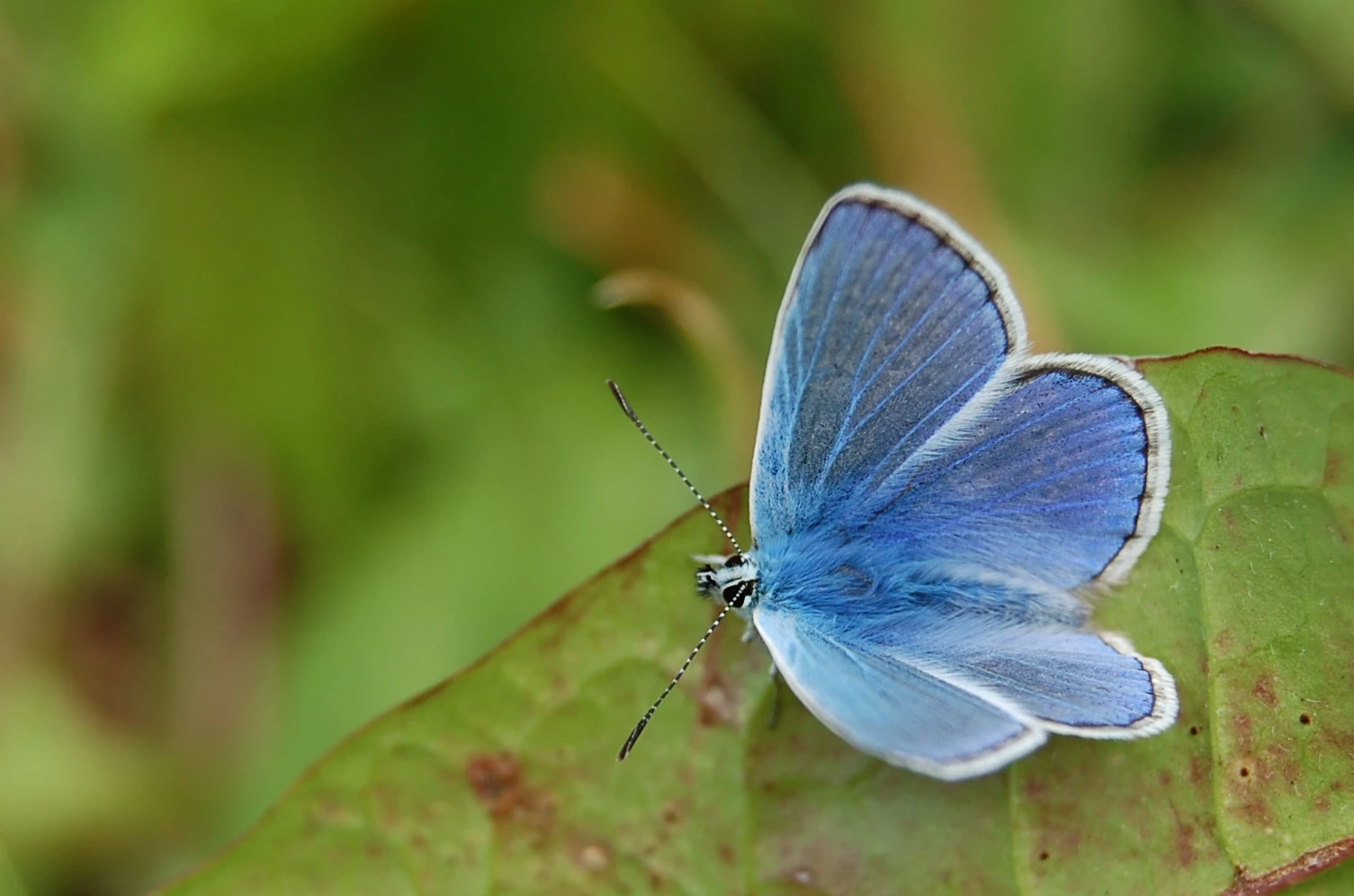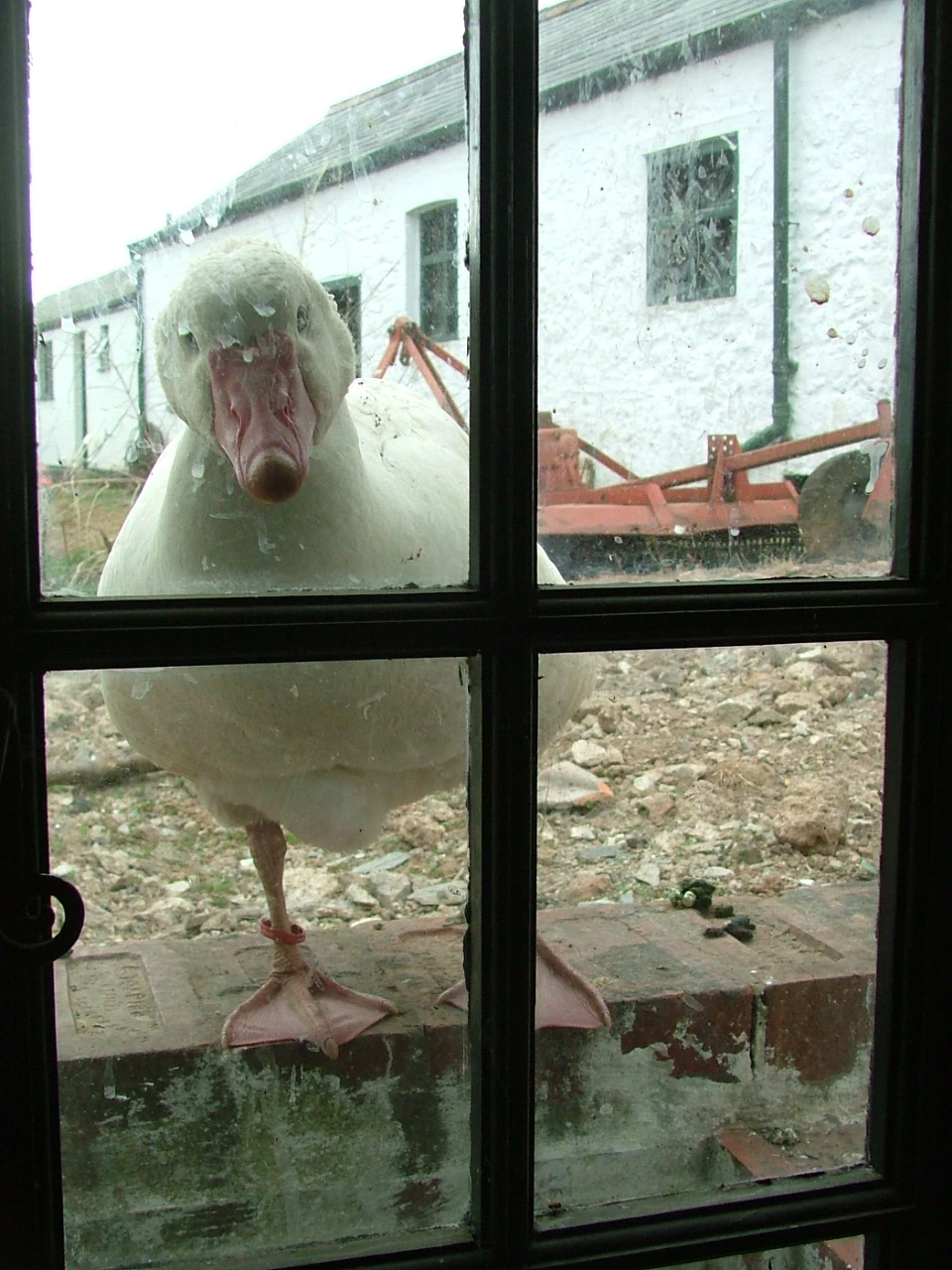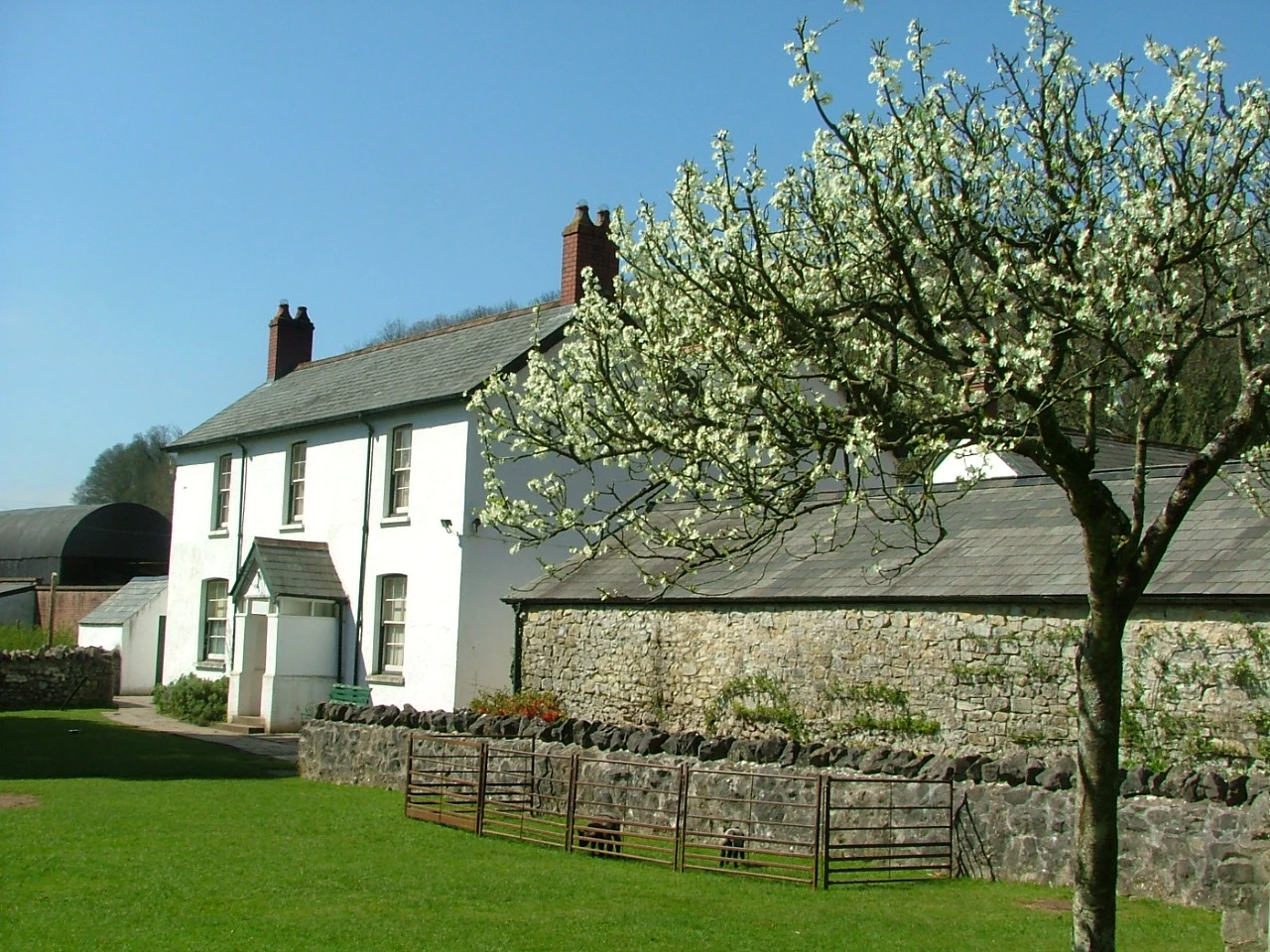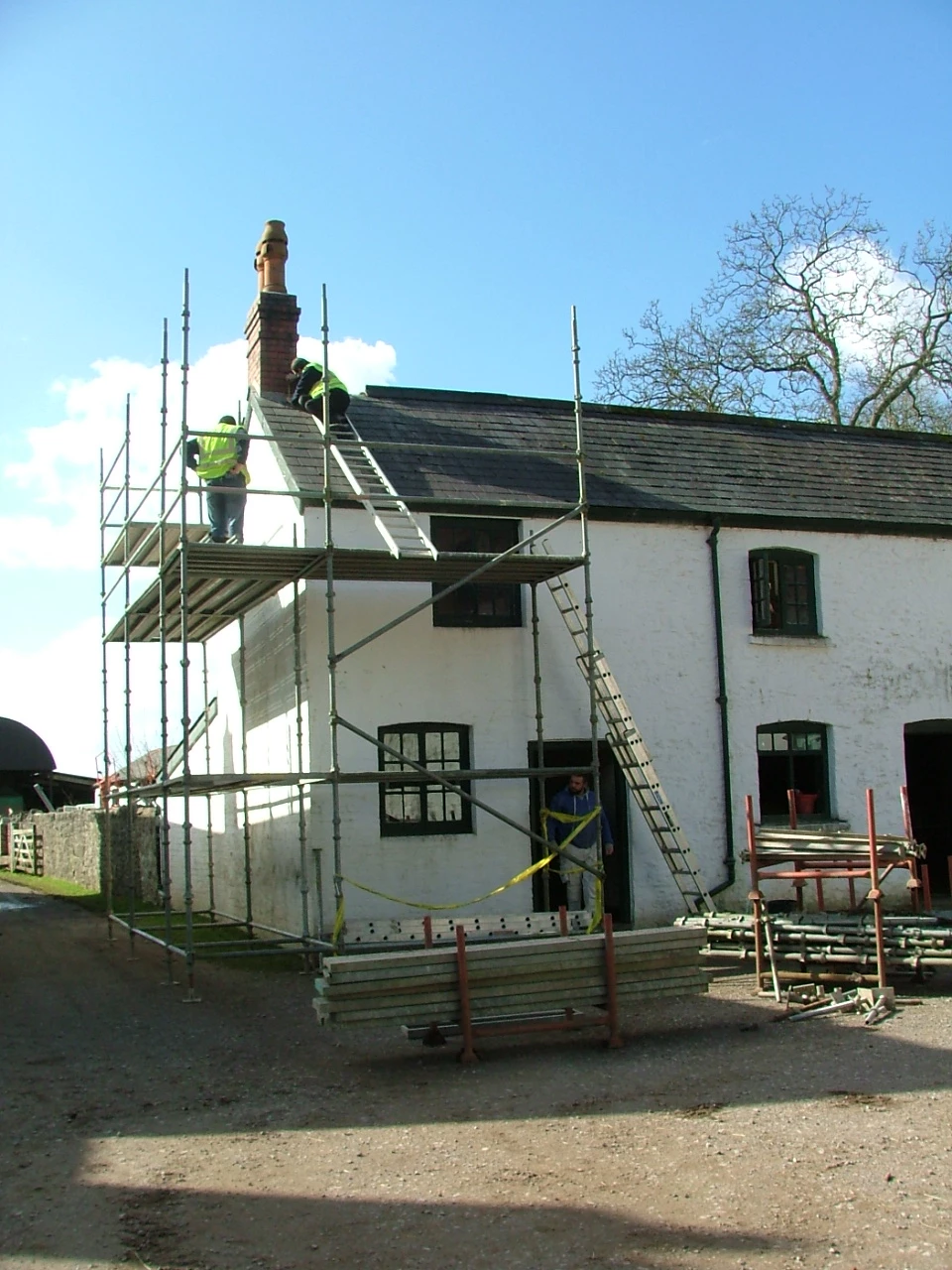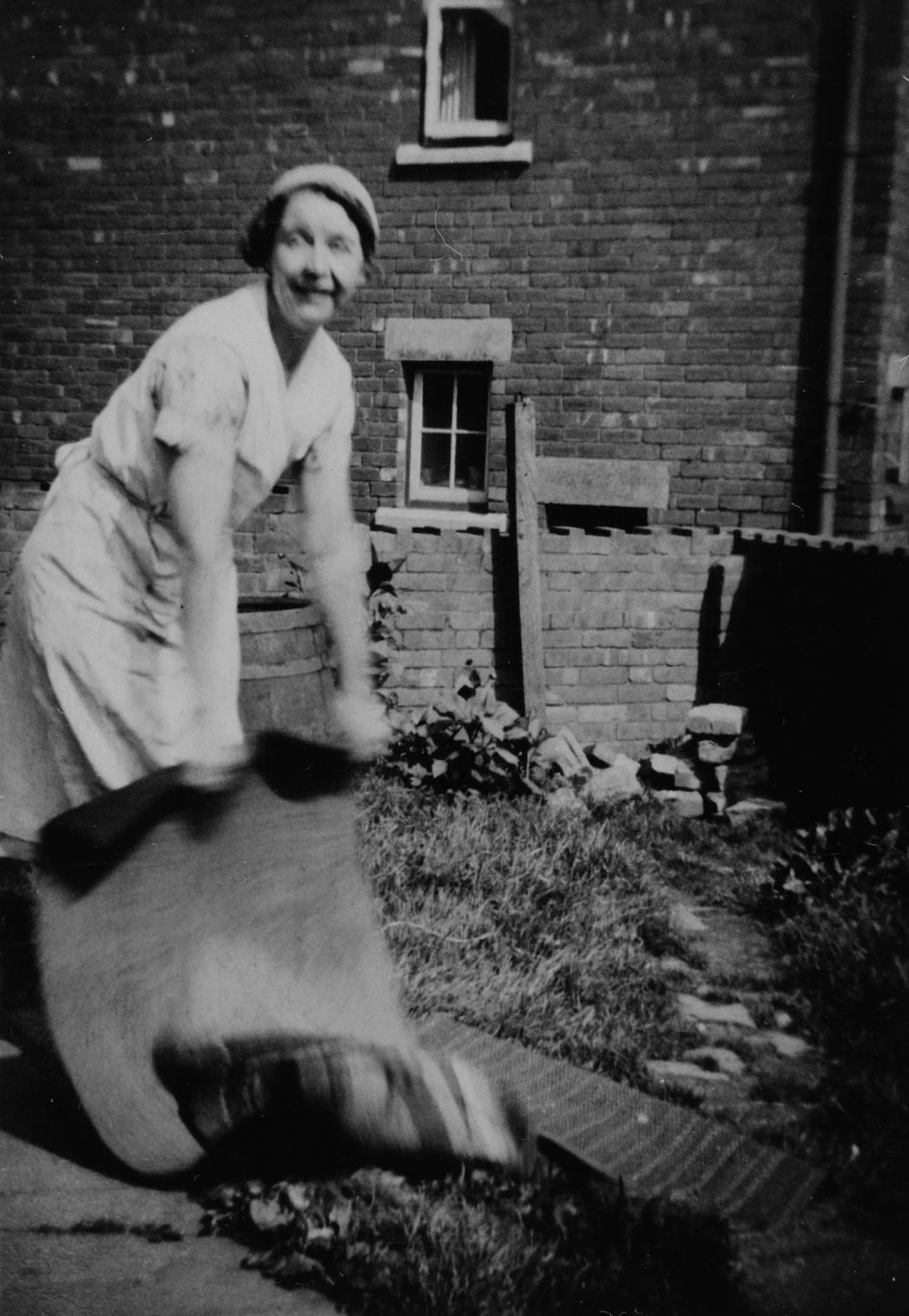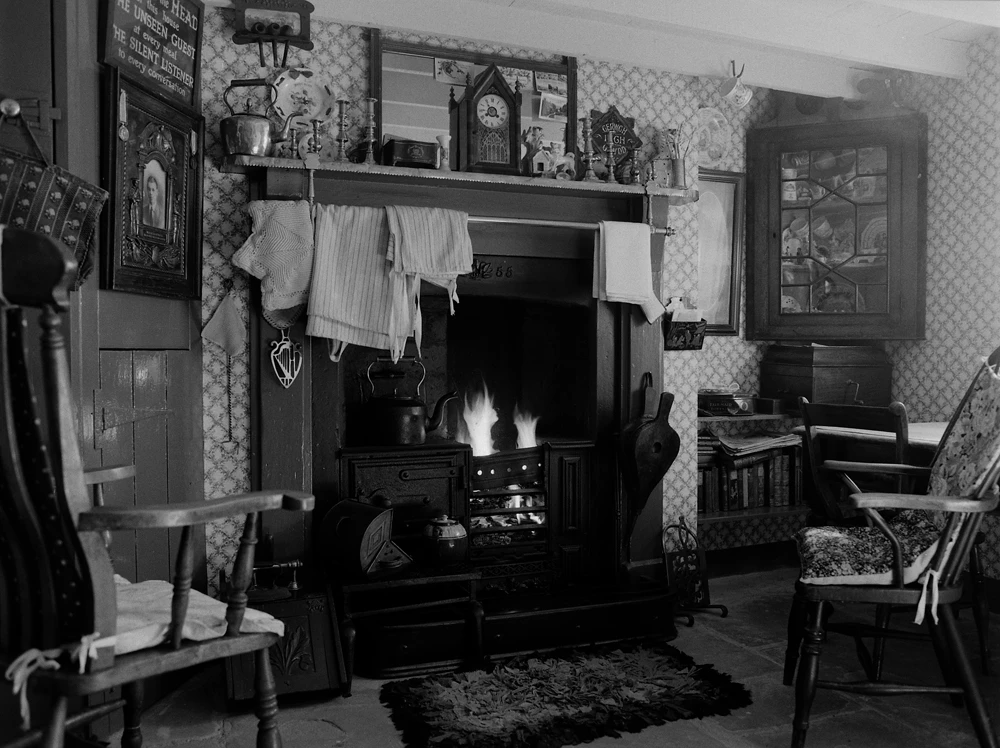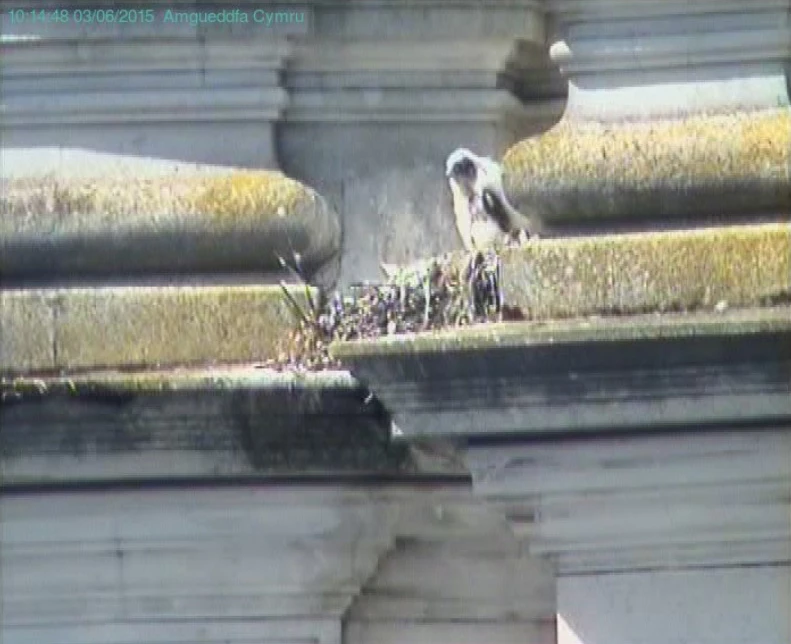Share your Family Recipes – St Fagans Food Festival
, 5 August 2015
How many of you, like me, find yourselves turning to tried and tested recipes? They’re often dishes that have been handed down through my family, they’re comforting and remind me of my childhood.
The archive at St Fagans has a large collection of recipes, the vast majority of them passed down from generation to generation. The information has been gathered through questionnaires, letters and handwritten recipes. But the bulk of the collection was the work undertaken by Minwel Tibbott. When she started at the Museum in 1969, the study of traditional foods was a very new research field. Minwel realised very early on that the information would not be found in books. She travelled all over Wales in order to interview, record and film the older generation of women, many of them in their eighties. They recalled the dishes prepared by their mothers, and their memories harked back to the end of the 1800s.
As part of St Fagans Food Festival this year, which will be held on the weekend of the 5th and 6th of September, we’re asking for your help to add to this collection. As you settle down this evening to watch the new series of the Great British Bake Off, take a moment to think of your signature bake. What time-honoured family recipe would you share? How do you adapt traditional dishes? Do you have a dog-eared, but well-loved family recipe book, covered with additional notes and food stains? We’d love to find out what the dishes remind you of? Which ones are reserved for special occasions?
Tweet images and memories to @archifSFarchive, or bring them along to Oakdale Workmen’s Institute during the Food Festival and we’ll scan them. If they’re not written, as is the case with so many family favourites, you can tell us on the day.
For the latest on this project, follow tweets by @archifSFarchive and @SF_Ystafelloedd and the hashtags #FoodFestival #Recipes.




